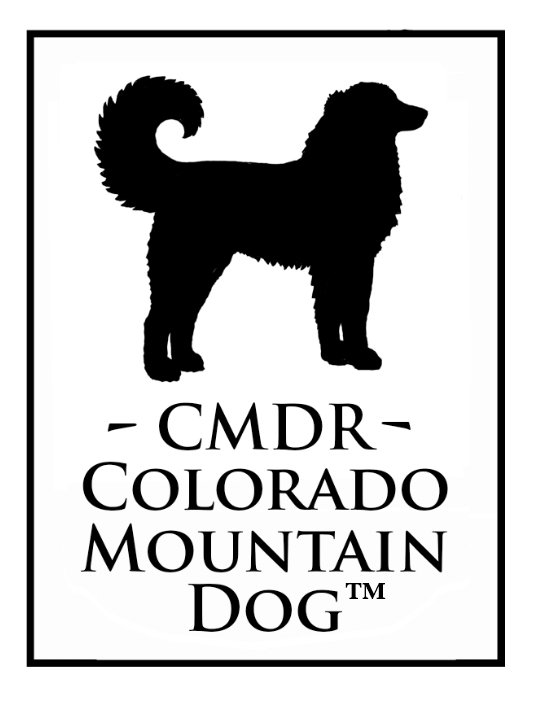~ Articles ~
The People Aspect of a Dog Breed
The most important aspect of the genetics of a domestic breed is the structure and function of the breed community. It is literally true that a stressed community can’t work together with genetics, and so the genetic pools suffer.
Of course, communities should get along anyway... life is too short for any other options.... but it is sort of neat that even nature is making this statement -- that we cannot do a good job shepherding a large genetic pool and ensuring quality, without having a broad community that is excited about the idea, and functions well together.
There are two main threats to having good breed communities. The first is a competitive show ring structured view of dog-raising. By “show ring”, I am not saying show rings have no place -- they do! But I am saying that dog breeding in the United States is often seen through show ring values that are money-based and competitive. In cat shows this has come to the point where people will poison each other’s cats. We don’t have a very good worldwide reputation, in the states, for what we do to animal breeds. I have seen this first hand by visiting other countries, and being amazed at their animals, even though we have the same breeds here.
It is wonderful that we are raising a function-based breed and that we are in an open-studbook stage. People are asking about parent aptitudes, and not champion status. :-)
We may one day get there.... but hopefully we will be very educated as a breed community before we do, so that we can benefit by showing off beautiful intelligent specimens of our breed in the ring, without the whole breed suffering over dumb things.
The second and perhaps greatest threat to a breed community concerns ego and the human being. Domestic breeds were once not just identified by breed standard but also by farm lines. All domestic breeds have individual animals that vary, and they have in the standards (if the standards are wisely written) degrees of give, so that each individual program can shoot for a spectrum of traits that represents BOTH the breed standard and their personal farm.
This is vital! We have to have vision and passion for our animals. I have seen people take over horse breeds, change the standards capriciously, and render hundreds of thousands of dollars worth of breeding stock suddenly obsolete. I have seen whole farms destroyed this way almost overnight for the sake of control and fads.
When this happens, a breed loses touch with its roots, and becomes boutique breeding, with controlling clubs, and one person, or a small group of people decides that their goals should become the goals of the whole breed. Member breeders are the backbone of a breed much more than breed clubs are.
I hope I am writing this for the breed posterity, but.... a breed that stays functional, a breed that listens and supports rather than controls members will always have a much larger gene pool to stay healthy with, more diversity in their animals so people can raise and buy what they like, and will always be a larger organization with more funds to protect and promote the breed.
Case in point. Someone once tried to make all CMDs all white, even though that was never the plan. But knowing how color patterns are distributed in genetics, it is a difficult and potentially unhealthy decision to force on the whole breed. Meanwhile, anyone can individually raise all white CMDs. They just have to work on their lines (putting nearly all other traits higher in priority) until they get there. Some people like badgers... same.... no one person should control the color of a breed, when a breed can more healthily produce a rainbow of patterns, and have breeders and buyers make their own choices.
We live in an era of “shame culture” and nowhere is this more rampant than in the animal world. But for people who truly love a breed, we know we can’t succeed as island alone. We must be personally involved in our animals, loving them and developing authentic relationships with them. This limits us to having small high quality programs, and it makes us need each other. This is true now in the developmental stage, and it will be true after the studbooks close.

